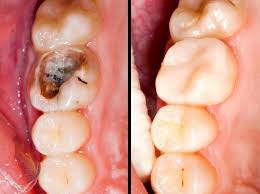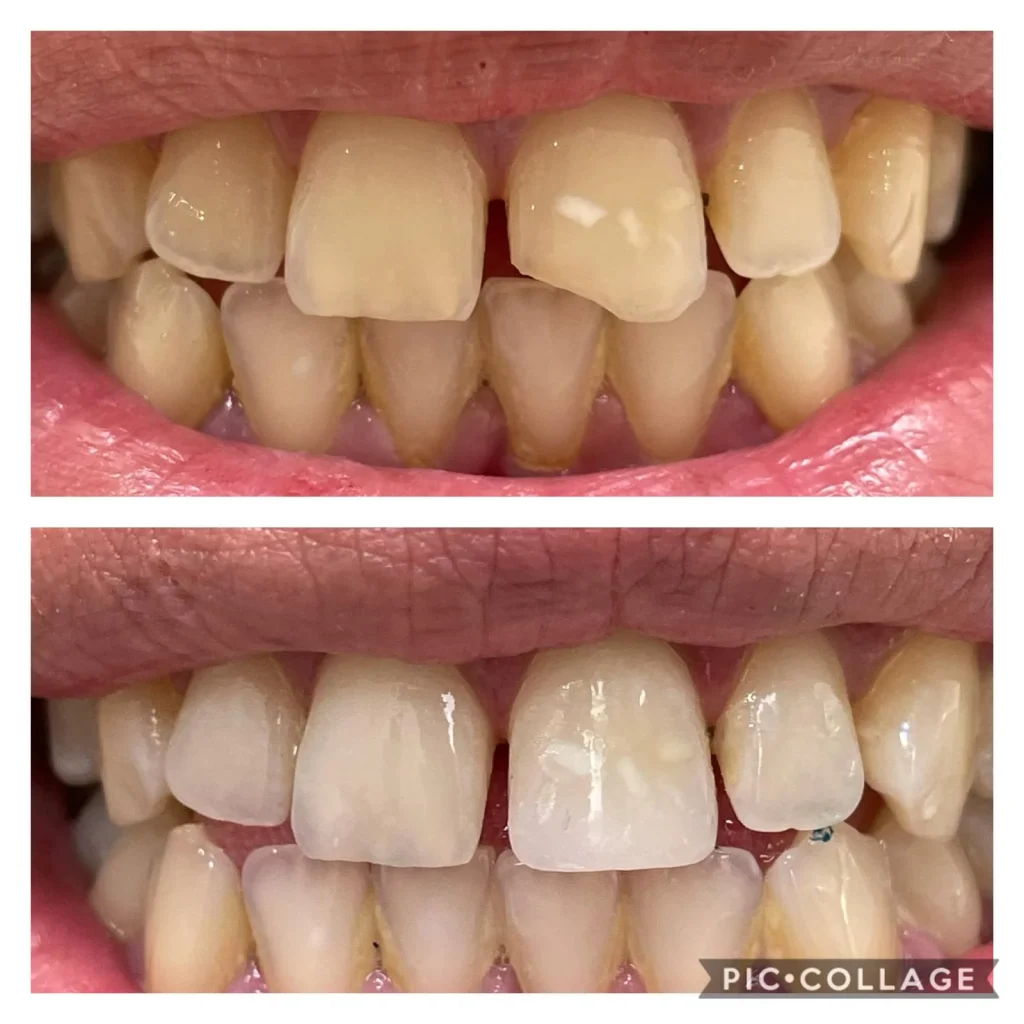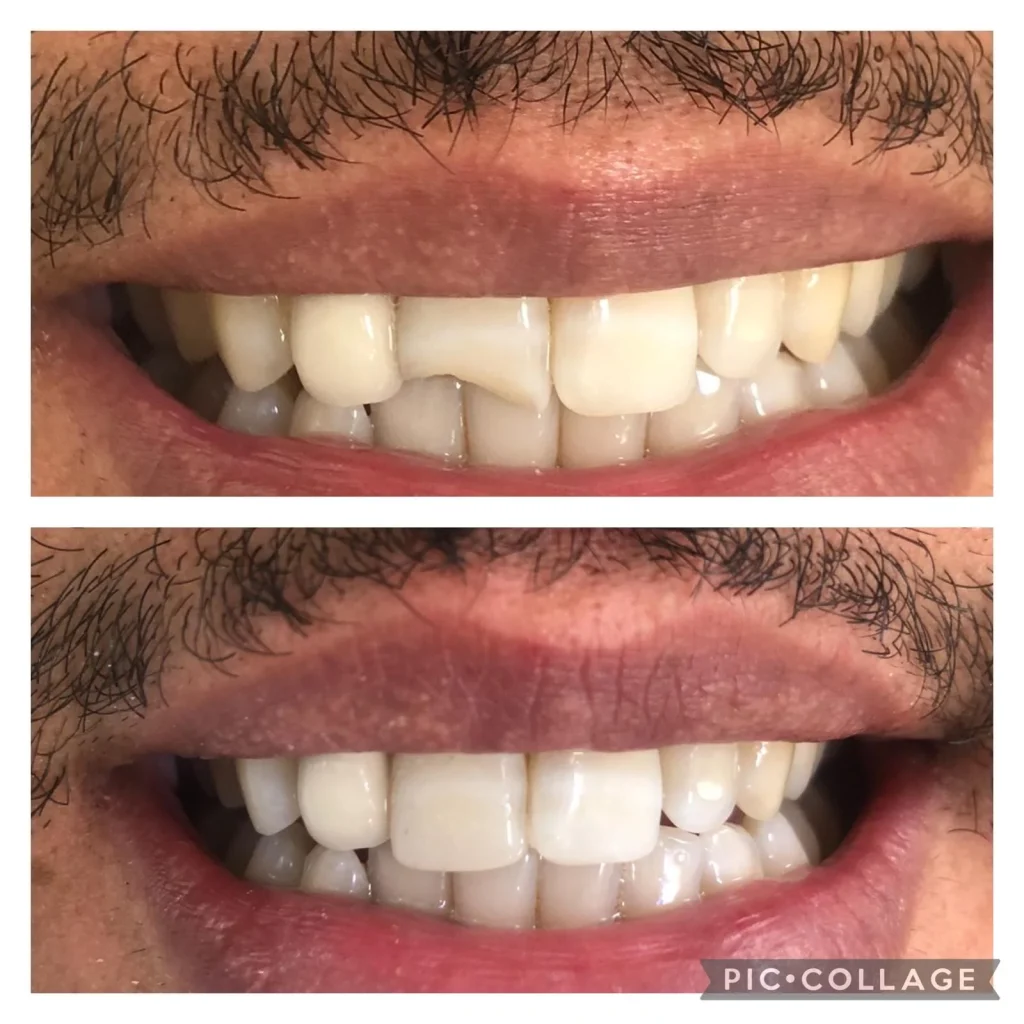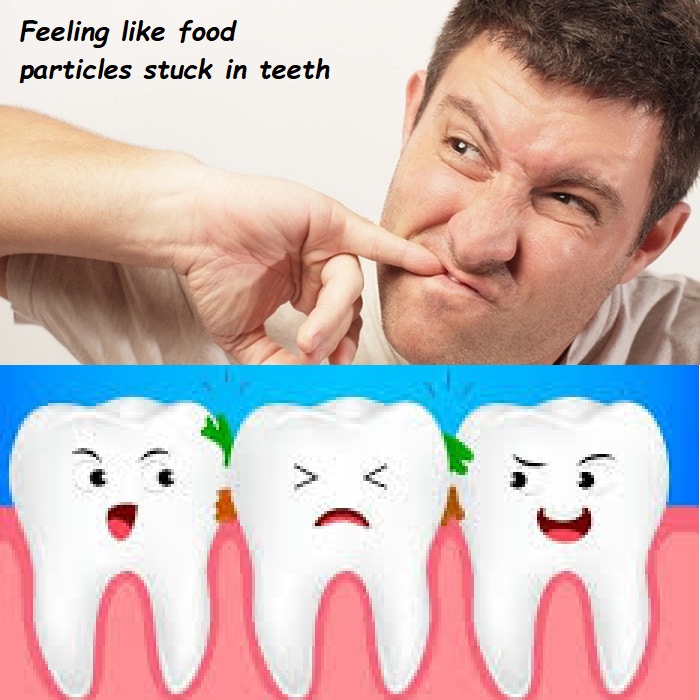Tooth bonding for sensitive teeth
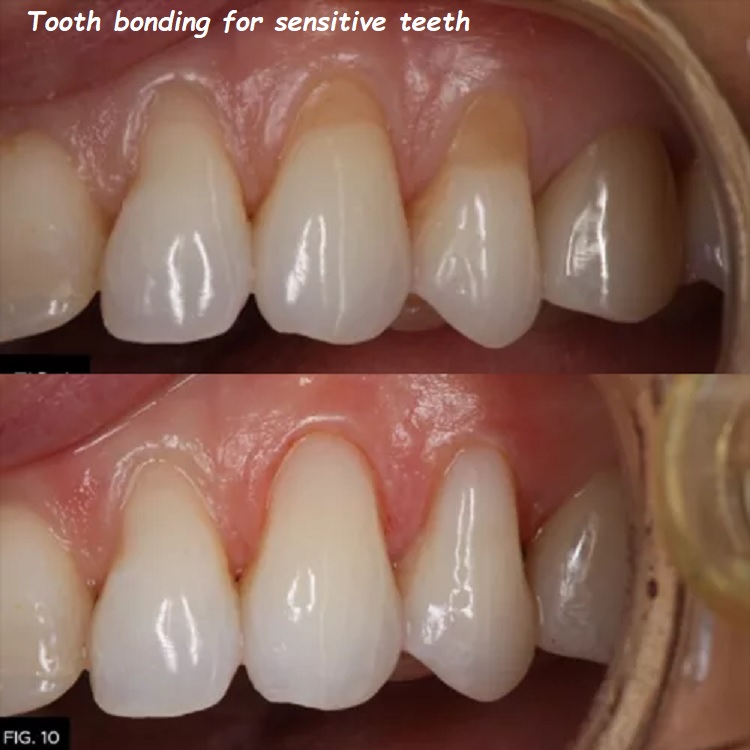
Tooth Bonding for Sensitive Teeth: A Comprehensive Guide to Relief and Restoration
Tooth sensitivity can be a frustrating and painful condition, making everyday activities like eating, drinking, and even breathing in cold air uncomfortable. If you’ve been dealing with sensitive teeth, you’re likely searching for a solution that not only relieves the pain but also restores the appearance and function of your teeth. One effective option that you might not have considered is tooth bonding for sensitive teeth. This dental procedure can help protect your teeth, reduce sensitivity, and improve your smile’s appearance all at once. In this detailed guide, we’ll explore what tooth bonding is, how it can help with sensitive teeth, the procedure itself, and what you can expect in terms of results and aftercare.
What Is Tooth Sensitivity?
Before diving into tooth bonding, it’s essential to understand what causes tooth sensitivity. Tooth sensitivity, also known as dentin hypersensitivity, occurs when the protective enamel layer on your teeth becomes worn down or when your gums recede, exposing the underlying dentin. Dentin is the layer beneath the enamel that contains microscopic tubules filled with nerve endings. When exposed, these nerve endings can be triggered by hot, cold, sweet, or acidic stimuli, resulting in sharp, sudden pain.
Common causes of tooth sensitivity include:
- Enamel Erosion: Caused by acidic foods and drinks, aggressive brushing, or acid reflux.
- Gum Recession: Often due to gum disease or brushing too hard.
- Tooth Decay: Cavities can expose the dentin, leading to sensitivity.
- Cracked or Chipped Teeth: Damage to the enamel can expose the dentin.
- Recent Dental Work: Procedures like teeth whitening or fillings can temporarily increase sensitivity.
What Is Tooth Bonding?
Tooth bonding is a cosmetic dental procedure that involves applying a tooth-colored composite resin to the surface of the teeth. This resin is carefully shaped and polished to match the natural appearance of your teeth. Tooth bonding is commonly used to repair chipped, cracked, or discolored teeth, close gaps between teeth, and improve the overall appearance of a smile. However, it’s also an effective treatment for reducing tooth sensitivity, especially when the sensitivity is due to exposed dentin or minor damage to the enamel.
The bonding process not only covers the exposed dentin, protecting the nerve endings from external stimuli, but it also restores the tooth’s natural appearance. This dual benefit makes tooth bonding an attractive option for those suffering from sensitive teeth.
How Tooth Bonding Helps Sensitive Teeth
Tooth bonding can be particularly effective in treating sensitivity caused by exposed dentin, minor enamel loss, or gum recession. Here’s how it works:
1. Sealing Exposed Dentin
When the enamel is worn down or the gums recede, the underlying dentin becomes exposed, leading to sensitivity. During the bonding process, the composite resin is applied directly to the exposed dentin, effectively sealing it off from external stimuli. This barrier prevents hot, cold, sweet, or acidic substances from reaching the nerve endings inside the dentin, significantly reducing sensitivity.
2. Strengthening Enamel
While bonding is not a substitute for enamel, it can provide additional protection to areas where enamel has been worn away. The composite resin used in bonding is durable and can withstand the pressures of chewing and biting. By covering vulnerable areas of the tooth, bonding helps to reinforce the tooth’s structure, reducing the likelihood of further enamel erosion and sensitivity.
3. Restoring the Tooth’s Appearance
In addition to reducing sensitivity, tooth bonding can also improve the aesthetic appearance of your teeth. The resin is carefully matched to the color of your natural teeth, making it an ideal solution for restoring areas of enamel loss or repairing minor chips and cracks. This means you can enjoy a more beautiful smile along with the relief from sensitivity.
Who Is a Good Candidate for Tooth Bonding?
Tooth bonding is a versatile treatment that can benefit a wide range of patients, particularly those with sensitive teeth. Here are some factors that might make you a good candidate for tooth bonding:
1. Mild to Moderate Sensitivity
Tooth bonding is most effective for individuals with mild to moderate tooth sensitivity caused by enamel erosion, gum recession, or minor tooth damage. If your sensitivity is due to more severe issues like extensive decay or deep cracks, your dentist may recommend alternative treatments.
2. Desire for a Non-Invasive Solution
If you’re looking for a non-invasive, relatively quick, and painless solution to tooth sensitivity, bonding is a great option. Unlike more extensive procedures like crowns or veneers, bonding typically requires little to no tooth preparation, making it a conservative choice.
3. Cosmetic Concerns
If you’re also concerned about the appearance of your teeth, bonding can address both sensitivity and cosmetic issues. It’s an excellent option if you want to improve the look of chipped, discolored, or uneven teeth while simultaneously reducing sensitivity.
4. Gum Recession
If your sensitivity is due to receding gums that have exposed the root surfaces of your teeth, bonding can help cover these areas and protect them from further exposure and sensitivity.
The Tooth Bonding Procedure: What to Expect
Tooth bonding is a relatively simple and straightforward procedure that can usually be completed in a single visit to your dentist. Here’s what you can expect during the process:
1. Consultation and Examination
The first step is a consultation with your dentist to determine if tooth bonding is the right treatment for your sensitivity. Your dentist will examine your teeth, assess the extent of the sensitivity, and discuss your cosmetic goals. X-rays may be taken to ensure there are no underlying issues that need to be addressed before bonding.
2. Preparation
In most cases, tooth bonding requires little to no preparation. Unlike procedures like veneers or crowns, bonding doesn’t typically involve removing a significant amount of tooth structure. If necessary, your dentist may roughen the surface of the tooth slightly to help the bonding material adhere better.
3. Application of the Bonding Material
Once your tooth is prepared, your dentist will apply the composite resin to the affected area. The resin is chosen to match the color of your natural teeth, ensuring a seamless blend. The dentist will carefully mold and shape the resin to cover the exposed dentin, fill in any chips or cracks, and restore the tooth’s natural contour.
4. Curing the Resin
After the resin is applied and shaped, it’s hardened (or cured) using a special light. This light activates the bonding material, causing it to harden and securely adhere to the tooth. The curing process only takes a few seconds per area.
5. Finishing Touches
Once the resin is cured, your dentist will make any final adjustments to ensure the bonded tooth looks and feels natural. The surface of the bonding is then polished to match the sheen of your natural teeth, giving you a smooth, polished finish.
6. Post-Procedure Care
After the bonding procedure, you can immediately resume normal activities. Your dentist will provide you with specific aftercare instructions, which may include avoiding certain foods or beverages for a short period and maintaining good oral hygiene to prolong the life of the bonding.
Benefits of Tooth Bonding for Sensitive Teeth
Tooth bonding offers several benefits for those dealing with tooth sensitivity. Here’s why it’s an attractive option for many patients:
1. Quick and Painless
One of the most significant advantages of tooth bonding is that it’s a quick and painless procedure. Most bonding treatments can be completed in a single visit, and there’s usually no need for anesthesia unless the bonding is being used to fill a cavity.
2. Cost-Effective
Compared to other cosmetic and restorative dental procedures, tooth bonding is relatively affordable. It’s an excellent option for patients looking to address both sensitivity and aesthetic concerns without breaking the bank.
3. Immediate Results
Tooth bonding provides immediate results, both in terms of reducing sensitivity and improving the appearance of your teeth. You’ll leave the dentist’s office with a noticeably more comfortable and attractive smile.
4. Minimally Invasive
Tooth bonding is minimally invasive, preserving as much of your natural tooth structure as possible. Unlike veneers or crowns, which require more extensive tooth preparation, bonding typically requires little to no enamel removal.
5. Versatile Treatment
Bonding can address a variety of dental issues, from sensitivity and enamel erosion to chips, cracks, and discoloration. This versatility makes it an ideal treatment for patients with multiple concerns.
How Long Does Tooth Bonding Last?
The longevity of tooth bonding can vary depending on several factors, including the location of the bonded tooth, your oral hygiene habits, and how well you care for your bonded teeth. On average, tooth bonding can last anywhere from 3 to 10 years.
Here are some tips to help extend the life of your tooth bonding:
- Practice Good Oral Hygiene: Brush and floss regularly to keep your teeth and gums healthy. Good oral hygiene is essential for preventing decay and gum disease, which can affect the longevity of your bonding.
- Avoid Hard or Sticky Foods: Biting down on hard objects or eating sticky foods can cause the bonding material to chip or dislodge. Be mindful of what you eat, especially if the bonding is on your front teeth.
- Limit Stain-Causing Foods and Drinks: While the composite resin used in bonding is stain-resistant, it’s not completely immune to discoloration. Limit your consumption of coffee, tea, red wine, and other stain-causing foods and drinks, and rinse your mouth with water afterward.
- Don’t Use Your Teeth as Tools: Avoid using your teeth to open packages or bite your nails, as this can damage the bonding material.
- Schedule Regular Dental Check-Ups: Regular visits to your dentist are crucial for maintaining your oral health and ensuring that your bonded teeth remain in good condition. Your dentist can check for any signs of wear or damage and make repairs if needed.
Potential Drawbacks of Tooth Bonding
While tooth bonding is an effective and convenient treatment for sensitive teeth, it’s not without its potential drawbacks. Here are a few considerations to keep in mind:
1. Less Durable Than Other Options
Tooth bonding is less durable than other restorative options like veneers or crowns. The bonding material can chip or wear down over time, especially if it’s exposed to excessive force or if you have habits like teeth grinding.
2. Staining Over Time
While bonding material is resistant to stains, it’s not as stain-resistant as your natural enamel. Over time, the bonded area may become discolored, particularly if you consume a lot of stain-causing foods and drinks or if you smoke.
3. May Require Touch-Ups
Because bonding is less durable, it may require touch-ups or repairs over time. If the bonding material chips, cracks, or becomes stained, your dentist can easily repair it, but it’s something to be aware of.
Frequently Asked Questions About Tooth Bonding for Sensitive Teeth
Q: Can tooth bonding be done on all teeth?
A: Tooth bonding can be performed on most teeth, but it’s particularly effective for front teeth and other visible areas. If you have significant tooth damage or decay, your dentist may recommend alternative treatments like veneers or crowns for back teeth, which endure more pressure from chewing.
Q: Is tooth bonding painful?
A: Tooth bonding is generally a painless procedure. Most patients don’t require anesthesia, as the process involves minimal discomfort. However, if bonding is being used to fill a cavity, your dentist may numb the area to ensure your comfort.
Q: How do I care for bonded teeth?
A: Care for bonded teeth as you would your natural teeth—brush twice a day, floss daily, and visit your dentist regularly. Avoid habits that could damage the bonding material, such as biting your nails, chewing on ice, or using your teeth as tools.
Q: Can tooth bonding fix deep stains?
A: Tooth bonding can effectively cover deep stains that don’t respond to whitening treatments. The composite resin is matched to the color of your natural teeth, so it can improve the appearance of discolored teeth while also addressing sensitivity.
Q: How do I know if I need tooth bonding?
A: If you’re experiencing tooth sensitivity due to enamel erosion, gum recession, or minor tooth damage, tooth bonding may be a good option for you. Schedule a consultation with your dentist to discuss your symptoms and determine the best course of treatment.
Conclusion: Tooth Bonding for a Comfortable, Beautiful Smile
Tooth bonding is an excellent option for anyone struggling with sensitive teeth due to enamel loss, gum recession, or minor damage. By sealing exposed dentin and protecting your teeth from further erosion, bonding can provide relief from sensitivity while also enhancing the appearance of your smile.
Whether you’re looking to reduce discomfort, improve your teeth’s appearance, or both, tooth bonding offers a quick, non-invasive, and cost-effective solution. With proper care, bonded teeth can last for years, giving you a more comfortable and confident smile.
If you’re considering tooth bonding for your sensitive teeth, consult your dentist to see if this treatment is right for you. Together, you can develop a plan that addresses your specific needs and helps you achieve a healthier, more beautiful smile.




